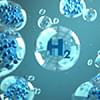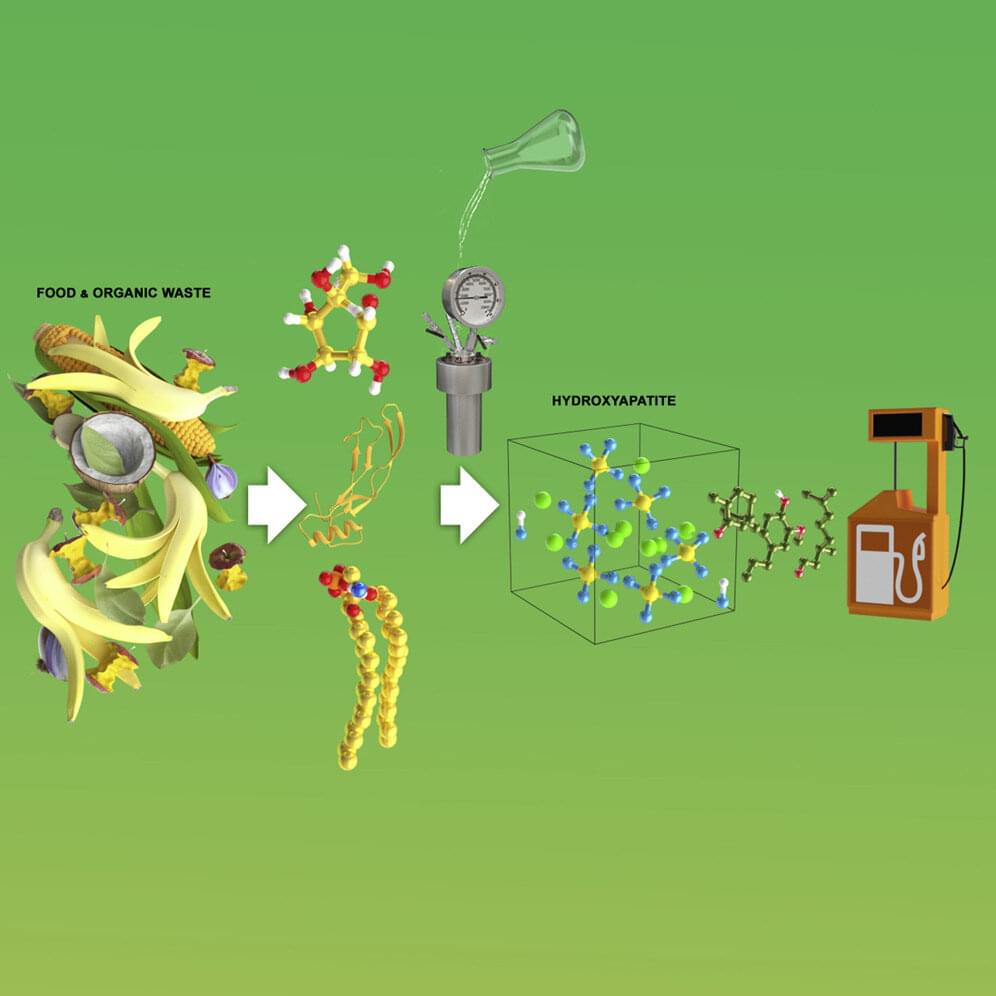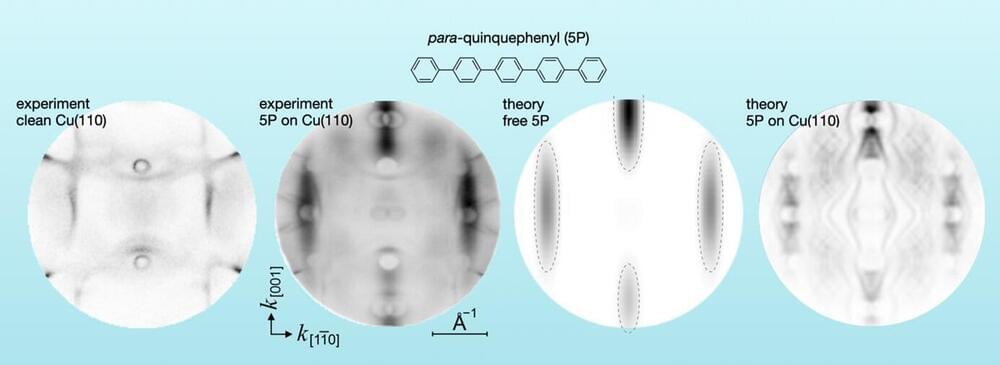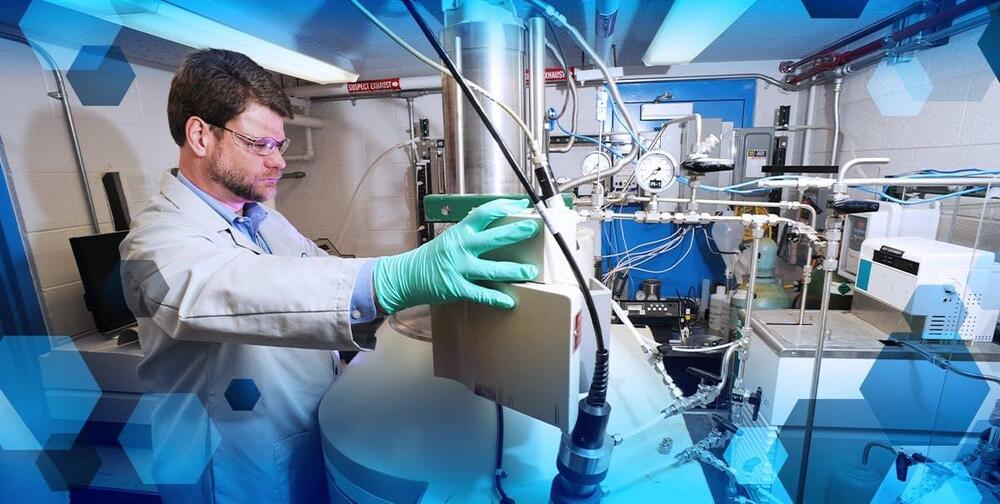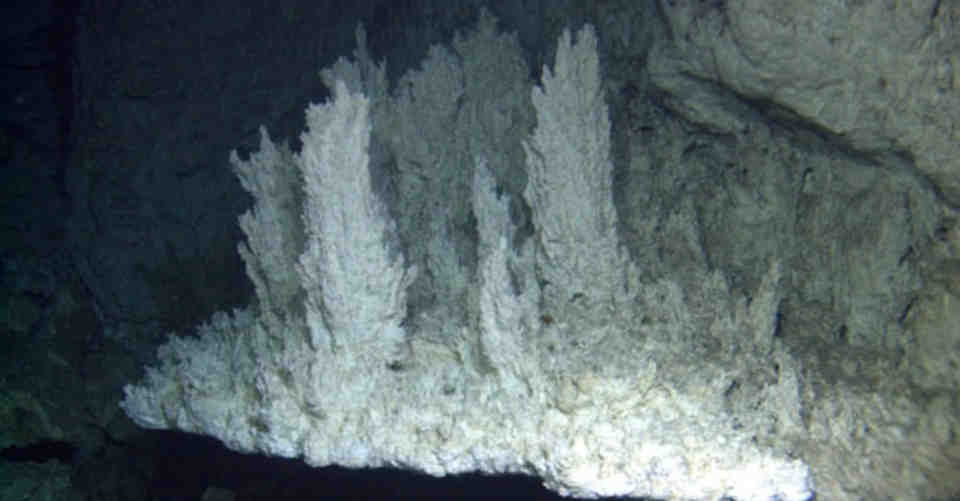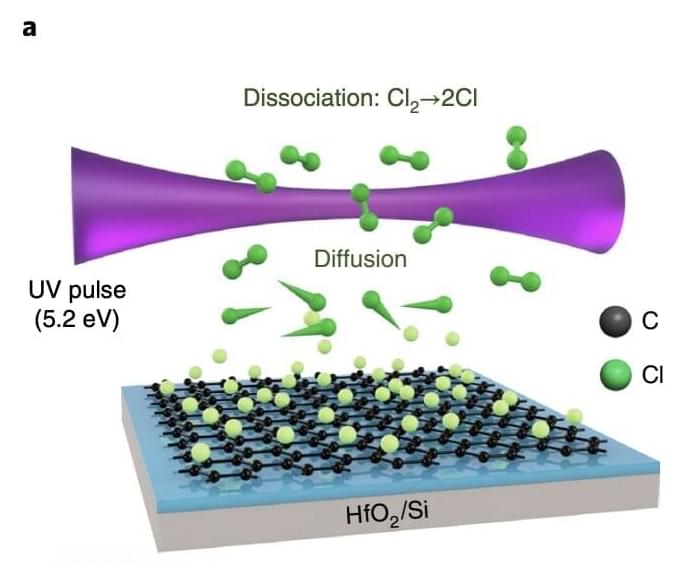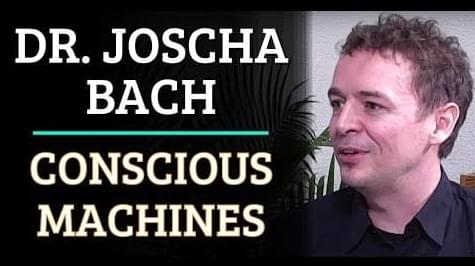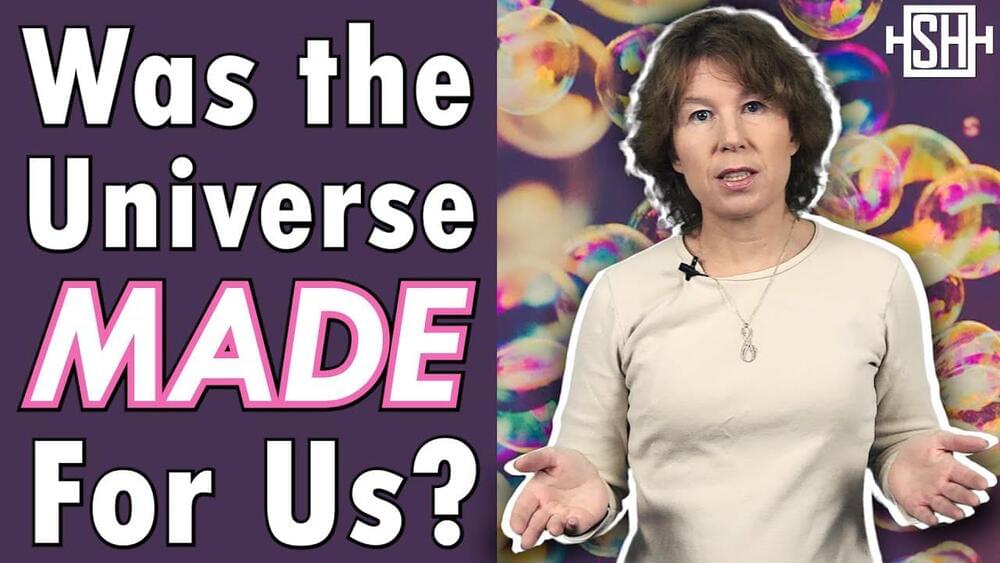Sep 6, 2022
Photosynthesis copycat may improve solar cells
Posted by Shubham Ghosh Roy in categories: chemistry, computing, engineering, solar power, sustainability
A relatively new kind of semiconductor, layered atop a mirror-like structure, can mimic the way that leaves move energy from the sun over relatively long distances before using it to fuel chemical reactions. The approach may one day improve the efficiency of solar cells.
“Energy transport is one of the crucial steps for solar energy harvesting and conversion in solar cells,” said Bin Liu, a postdoctoral researcher in electrical and computer engineering and first author of the study in the journal Optica.
“We created a structure that can support hybrid light-matter mixture states, enabling efficient and exceptionally long-range energy transport.”

